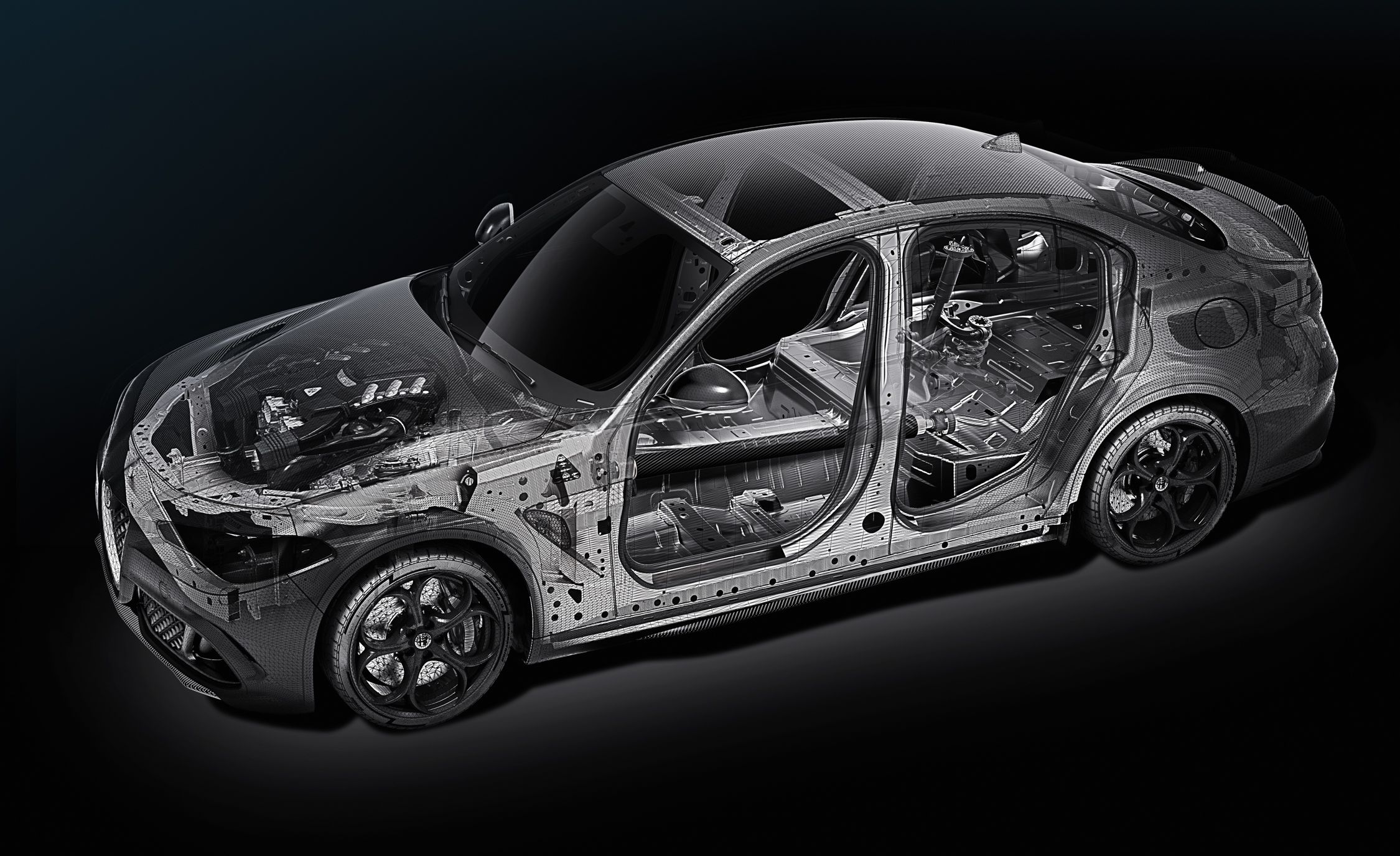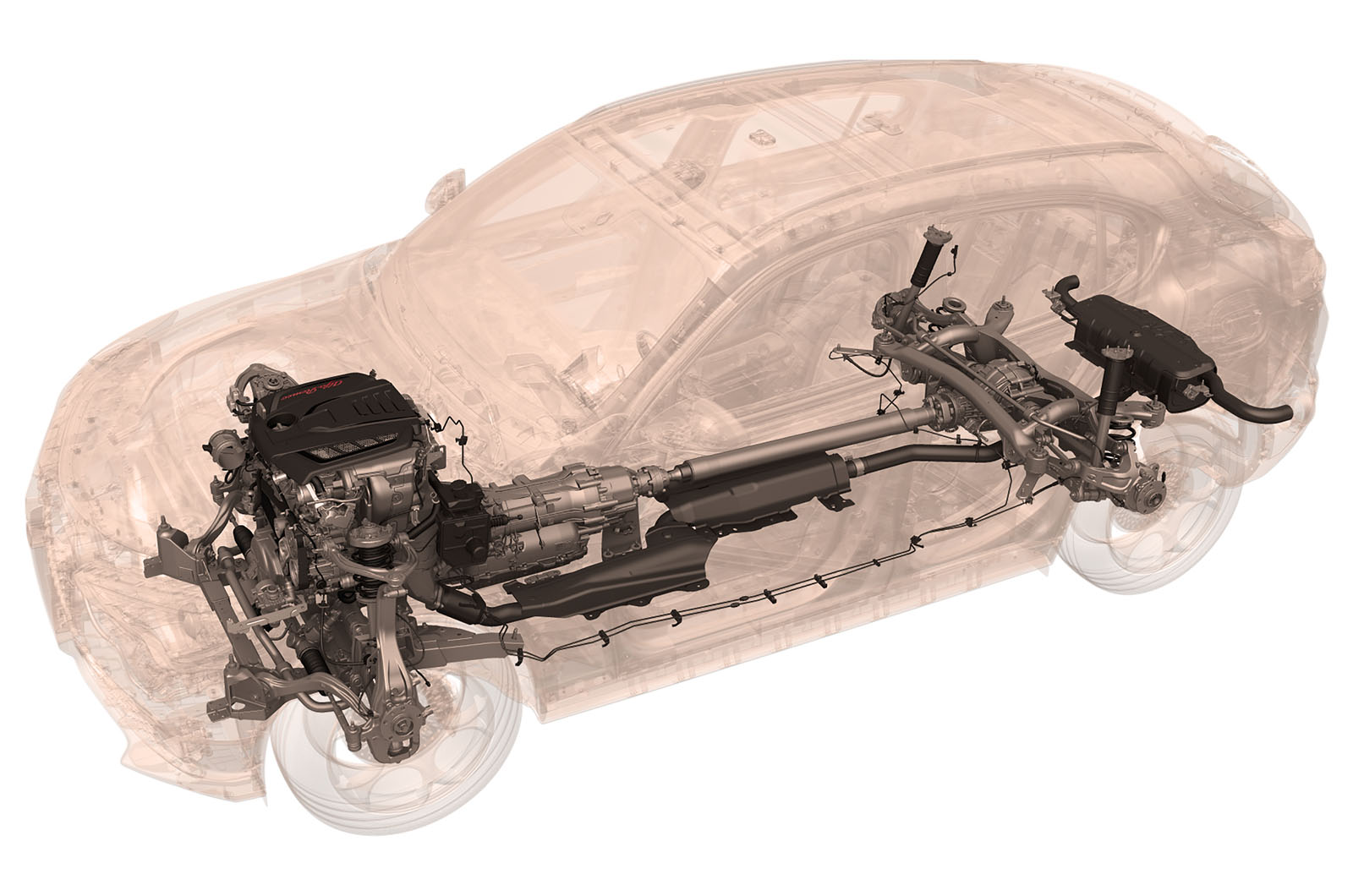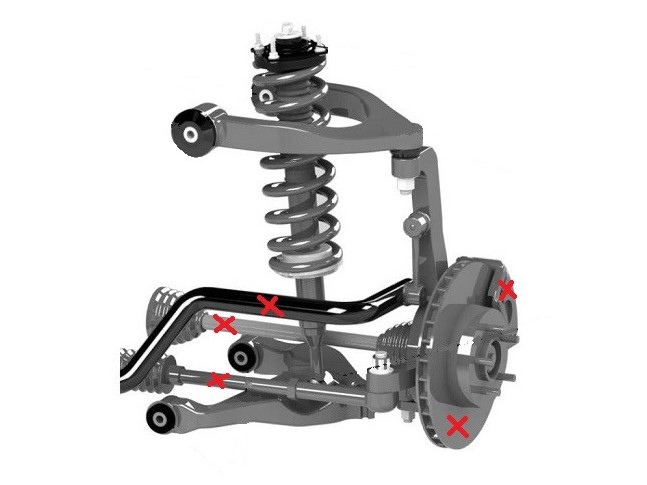16 May 2025
In a market saturated with digital dashboards and self-parking gimmicks, the Alfa Romeo Giulia feels like a stubborn ghost from the analog past. And yet, underneath its Italian flair lies a chassis and driving experience so deeply engineered, so unapologetically tactile, that it exposes just how hollow many of its rivals feel.
Forget marketing fluff. This article exists to methodically unpack every technical reason why the Giulia—not the Quadrifoglio alone, but even its “ordinary” trims—commands the kind of visceral loyalty that data sheets rarely explain. If you're a technical director, vehicle procurement head, or a chassis tuning obsessive, this is the breakdown you didn’t know you needed.
Unlike the vast majority of cars built from the bottom up—where base trims are the primary concern and high-performance variants are later afterthoughts—the Giulia reversed the process. It was born as a high-performance machine (the Quadrifoglio) and diluted downward for lower trims. That architectural inversion is crucial.
The chassis, suspension geometry, and kinematic design of the 2.0T Giulia are not inherited from an economy car. Instead, they are softened derivations of a motorsport-calibrated machine. Every Giulia, then, shares the DNA of a segment killer. Its structural rigidity, wheel control, and dynamics are upstream of the BMW 3 Series, Mercedes-Benz C-Class, or Audi A4—not because of gimmicks, but because of prioritization.

The Giulia uses a front subframe made entirely of aluminum. Why does that matter?
Because in the sequence of force transmission—tire to suspension to subframe to body shell—every gram at the unsprung level matters. A lightweight front subframe reduces vertical oscillation, allowing both better ride comfort and tire contact consistency. That’s not a luxury feature. That’s physics, optimized.
The rear lower control arms are so overbuilt they resemble components more typical of D-segment sedans or premium SUVs. Constructed from aluminum and supported by Alfa Romeo’s proprietary “Alfa Link” multi-link architecture, they provide both lateral rigidity and axial compliance. This combination gives the Giulia a surreal balance of road absorption and cornering sharpness.
Yes, even the standard Giulia comes with a carbon-fiber driveshaft. This isn't just for weight savings—it reduces rotational inertia, allowing for snappier throttle response and quicker gear engagement. You'll typically find this material in Ferraris, not in 30,000-euro sedans.
This single component speaks volumes: Alfa didn't build the Giulia to fit a budget. They built it to fit a philosophy.

At the front, Alfa uses a double-wishbone layout with a dual-pivot lower ball joint setup—essentially providing the kinematic benefits of a double-wishbone and the steering precision of a virtual kingpin axis.
What this means in the real world: minimal camber gain during compression, reduced scrub radius, and an uncanny ability for the car to track true even under heavy braking or mid-corner undulations. Think of it as the mechanical equivalent of a surgeon’s scalpel.
The Giulia’s rear end employs a highly complex multi-link layout with unequal-length arms. Crucially, the lower control arm is designed to manage both lateral and longitudinal forces simultaneously—a rare dual-purpose engineering feature. This allows rear tires to maintain optimum contact patch orientation under varying loads without requiring adaptive trickery.
It’s one of the few cars that feels mid-engined while being front-engined.

With a steering rack ratio of around 2.3 turns lock-to-lock, the Giulia's steering feels astonishingly alert. The feedback is immediate—not in a raw, muscle-fatigue-inducing way like a Lotus Elise—but in a balanced, modern, almost supernatural way.
Yes, it uses EPS (Electronic Power Steering), but this is not the numbed-out vagueness you’d expect. The Giulia’s EPS is tuned for truthfulness, not resistance. It’s light, yet never fake. The on-center dead zone is virtually nonexistent. Small steering inputs generate immediate vehicle yaw—making it a joy on mountain switchbacks and autobahn sweepers alike.
The paradox: steering this responsive usually feels nervous. But the Giulia remains composed. It dances without stumbling.

Here’s the part that breaks people’s brains: the Giulia is soft. It filters bumps like a luxury car. Yet it corners with the urgency of a track weapon.
This contradiction is not because of adaptive dampers or air suspensions. It’s because the passive damping system is tuned with surgical accuracy. Think KONI’s frequency-selective dampers—only here, even base trims deliver that magic through pure mechanical valving and precise rebound control.
The result? It feels 200kg lighter than its 1.65-ton curb weight. In slaloms and evasive maneuvers, it reacts like a featherweight, while on broken pavement, it glides like a long-wheelbase limo.

Mated to the FCA 2.0T engine is the venerable ZF 8HP transmission. In the Giulia, it’s not just competent—it’s surgical. Downshifts via paddle are instant. Kickdown is as fast as your nerve impulses.
While BMW’s B48+ZF8 setup is often praised as class-leading, the Giulia arguably surpasses it in responsiveness and tuning sharpness. It's not just about speed—it’s about intention matching. You pull the paddle; the car obeys before you blink.
Alfa’s 2.0T isn’t the most explosive unit in terms of output. However, it’s deeply refined. Technologies like multi-air (a form of electro-hydraulic variable valve lift) enable ultra-fine control of intake characteristics—leading to superior throttle modulation and broader torque curves.
It also runs on 92-octane fuel. Think about that. A high-performance turbo engine that doesn’t demand premium unleaded. Engineering maturity, not marketing spectacle.

You don’t just drive the Giulia—you feel it. Through your fingers, your spine, your ears.
There’s a consistent narrative of "lightness" that permeates every interaction. From the way the chassis settles after mid-corner corrections, to how quickly the body rotates under steering input—it feels as if the vehicle’s mass is imaginary.
Unlike many German rivals, where the body seems to respond a beat behind the chassis, the Giulia’s body and underpinnings move as one. There’s no float, no delay, no rubbery disconnect. This isn’t just damping—this is structural rhythm.
Engine noise is present, but well-filtered. Road noise is tamed, not anesthetized. The suspension communicates texture, not turbulence. It’s like listening to a great vinyl record—not digital silence, but analog fidelity.

Calling the Giulia a "BMW 3 Series rival" is like calling a katana a machete. It misunderstands the intent.
BMW, Mercedes, Audi—they’re all excellent at building refined, balanced, digitally-savvy cars. But in their attempt to be everything to everyone, they have flattened out their edge.
The Giulia doesn’t want to be your digital assistant. It wants to be your dance partner.
The G20 3 Series is brilliant—quiet, fast, and confident. But it has lost the raw mechanical magic of the E90 and E46. The Giulia channels that forgotten essence, without regressing in comfort or tech.
The C-Class impresses with material richness. The A4 wins at digital integration. But neither offers the alive chassis the Giulia does. One handles like it’s carved from marble, the other like it’s on rails. The Giulia feels like it’s on nerves.

Let’s be honest. The Giulia isn’t perfect.
Infotainment UI feels dated.
Parts availability can be frustrating in less developed service networks.
Resale value is nowhere near its German counterparts.
Tuning potential for the 2.0T is limited due to conservative compression ratios and basic intercooling.
But none of these affect what this car was truly built for: driving.

We live in an era where technical brochures promise the moon: torque vectoring, AI-assisted suspension, neural network traction control. And yet, so few cars actually deliver on feel.
The Alfa Romeo Giulia does. Not because of software. But because every bolt, bushing, and bracket was tuned with a singular goal: driver connection.
In a world racing toward autonomy, this is a machine for those who still choose to drive.

Sometimes, spec sheets don’t tell the whole story. If you’re evaluating performance sedans for your business, or you just want to get deeper into the engineering behind the most underappreciated chassis in the segment—feel free to reach out to William at +8618669778647. Let’s talk cars, not marketing.